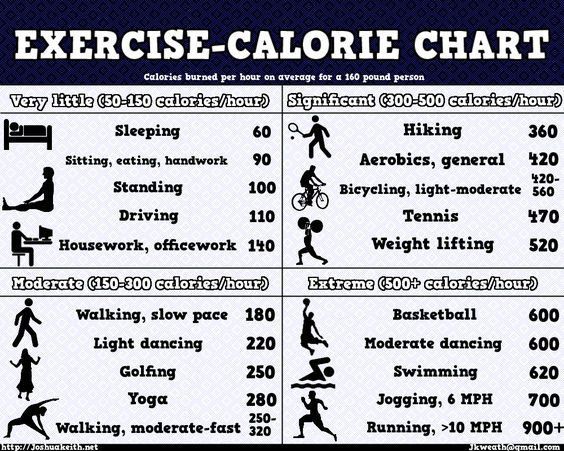Being active can help you lose weight and keep it off. Find out how much you need.
Being active is vital to losing weight and keeping it off. When active, the body uses more energy in the form of calories. And burning more calories than you take in leads to weight loss.
To lose weight, most people need to cut the number of calories they eat and move more. Most often, that means cutting daily calories by 500 to 750 to lose 1 1/2 pounds (0.7 kilograms) a week.
Other factors might be involved in losing weight. Because of changes to the body over time, you might need to cut calories more as you age to keep losing weight or to stay at the same weight.
Diet or exercise: Does one matter more?
Both are important. Diet affects weight loss more than physical activity does. Physical activity, including exercise, has a stronger effect in keeping weight from coming back after weight loss.
Losing weight with diet alone and without physical activity can make people weaker. This is because of age-related losses in bone density and muscle mass. Adding resistance training and aerobic exercise to a weight-loss program helps prevent the loss of bone and muscle.
Here are some general exercising guidelines for Adults, from the NHS:
Adults should aim to:
- do strengthening activities that work all the major muscle groups (legs, hips, back, abdomen, chest, shoulders and arms) on at least 2 days a week
- do at least 150 minutes of moderate intensity activity a week or 75 minutes of vigorous intensity activity a week
- spread exercise evenly over 4 to 5 days a week, or every day
- reduce time spent sitting or lying down and break up long periods of not moving with some activity
You can also achieve your weekly activity target with:
- several short sessions of very vigorous intensity activity
- a mix of moderate, vigorous and very vigorous intensity activity
What counts as moderate aerobic activity?
Moderate activity will raise your heart rate, and make you breathe faster and feel warmer. One way to tell if you're working at a moderate intensity level is if you can still talk, but not sing.
Examples of moderate intensity activities include:
- brisk walking
- water aerobics
- riding a bike
- dancing
- doubles tennis
- pushing a lawn mower
- hiking
- rollerblading
What counts as vigorous activity?
Vigorous intensity activity makes you breathe hard and fast. If you're working at this level, you will not be able to say more than a few words without pausing for breath. In general, 75 minutes of vigorous intensity activity a week can give similar health benefits to 150 minutes of moderate intensity activity. Most moderate activities can become vigorous if you increase your effort.
Examples of vigorous activities include:
- running
- swimming
- riding a bike fast or on hills
- walking up the stairs
- sports, like football, rugby, netball and hockey
- skipping
- aerobics
- gymnastics
- martial arts
What counts as very vigorous activity?
Very vigorous activities are exercises performed in short bursts of maximum effort broken up with rest. This type of exercise is also known as High Intensity Interval Training (HIIT).
Examples of very vigorous activities include:
- lifting heavy weights
- circuit training
- sprinting up hills
- interval running
- running up stairs
- spinning classes
What activities strengthen muscles?
To get health benefits from strength exercises, you should do them to the point where you need a short rest before repeating the activity. There are many ways you can strengthen your muscles, whether you're at home or in a gym.
Examples of muscle-strengthening activities include:
- carrying heavy shopping bags
- yoga
- pilates
- tai chi
- lifting weights
- working with resistance bands
- doing exercises that use your own body weight, such as push-ups and sit-ups
- heavy gardening, such as digging and shovelling
- wheeling a wheelchair
- lifting and carrying children
You can do activities that strengthen your muscles on the same or different days as your aerobic activity – whatever's best for you.
Muscle-strengthening exercises are not always an aerobic activity, so you'll need to do them as well as your 150 minutes of aerobic activity.
How much am I burning?
The image below gives a very broad overview of the number of calories you can burn in an hour, on average, for a 160lb person. Of course, the calories you burn depend on the exercise you do, how hard you do it, how much you weigh and many other factors.
Remember, to lose weight or to keep weight from creeping up on you as you age, you need to eat less and move more. Moving more means adding more physical activity into your life.


